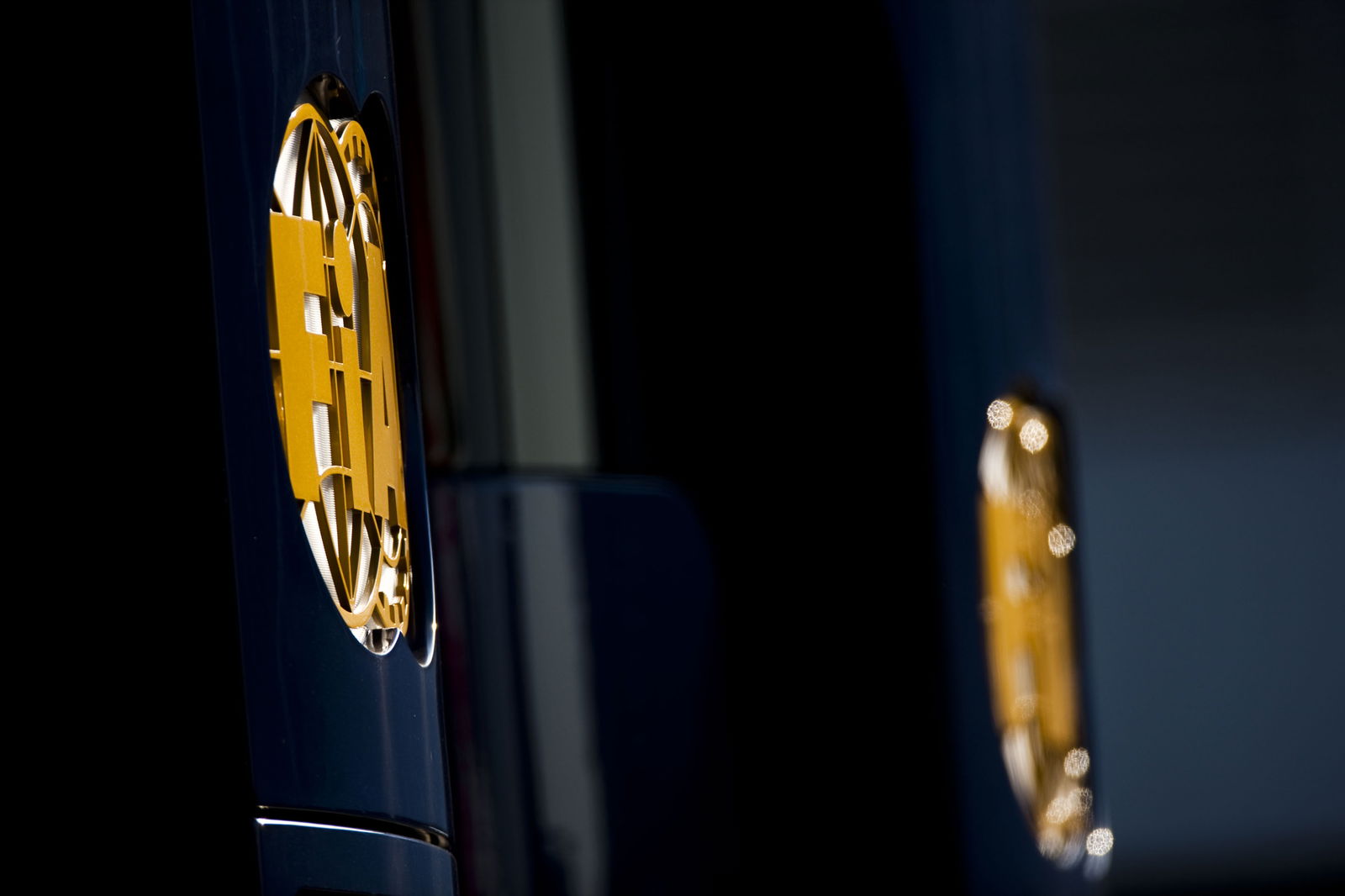FIA reveals engine, team orders and tyre changes

Following the final reunion of its World Motor Sport Council (WMSC) this year, the FIA has announced the major regulation changes that will be brought into force in F1 over the next few seasons - with amendments to the rules on engines, team orders and tyres the principal points of interest.
The Monaco meeting reached a number of key conclusions, with chief amongst them the approval of a new specification engine from 2013 - a 1.6-litre, four-cylinder powerplant with high-pressure gasoline injection up to 500 Bar and a maximum of 12,000rpm. Drivers will be limited to no more than five engines per year in 2013, with that figure reducing to four in 2014 and beyond. The current maximum is eight, which Sauber veteran Pedro de la Rosa transgressed in F1 2010, earning himself an Italian Grand Prix grid drop for his troubles.
The move to the smaller, turbocharged units from the current 2.4-litre V8s represents a shift towards 'greener' technology within the sport, in the interests of improving sustainability and addressing the needs of the automotive industry.
'The engines will deliver a 35 per cent reduction in fuel consumption and will feature extensive energy management and energy recovery systems, whilst maintaining current levels of performance,' read an official statement from F1's governing body.
On the sporting and technical regulations side, meanwhile, the biggest upheaval is the revelation that in the wake of Ferrari's contentious and widely-vilified switch-around of positions in the German Grand Prix at Hockenheim back in the summer, Article 39.1 forbidding the use of team orders in the top flight has been abolished. The very reason the Scuderia was not punished further than the initial nominal $100,000 fine it received for its indiscretion was ostensibly that the WMSC could not actually prove team orders had been used.
'Teams will be reminded that any actions liable to bring the sport into disrepute are dealt with under Article 151c of the International Sporting Code and any other relevant provisions,' stated the FIA, whilst adding that henceforth, 'team communications will be made available to broadcasters'.
There will also be amendments to the list of penalties stewards are permitted to apply, revisions to driving and driver conduct standards, a limit on the width of the fast lane in the pits and the requirement for gearboxes to be used for five consecutive races rather than four.
Moreover, the governing body has confirmed a refinement to the principles of the regulations already agreed concerning moveable rear wings, a better definition of the reference plane and reinforcement of bodywork deflection tests - especially at the front of the reference plane - a limitation on suspension uprights, the inclusion of fuel compounds produced from biomass and the allowance for anti-intrusion panels to protect drivers' legs.
In response to the incident involving Lewis Hamilton and Fernando Alonso in Valencia, there is to be clarification regarding when drivers may overtake the safety car, whilst the controversial regulation permitting the race director to close the pit-lane during a grand prix for safety reasons is to be re-introduced. Intermediate tyres are similarly to make a re-appearance in 2011, and penalties will be applied to any driver who fails to use both specifications of dry weather tyres during a dry race.

